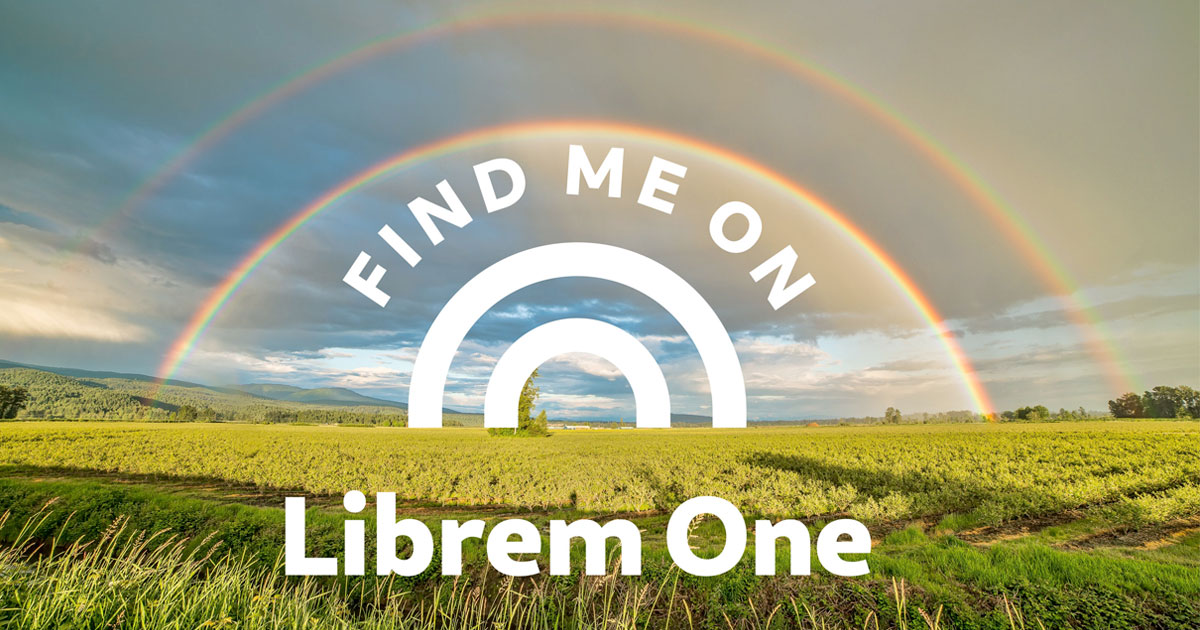Random thoughts regarding software accessibility basics:
1) It can be an interesting question what e.g. making Blender accessible to the blind means. Documents are more straightforward!
2) Stick to native UI (e.g. Gtk, Qt, Cocoa) toolkits whereever possible, your own reimplementation will probably be exclusionary.
3) You're not helping my no-JS browser engines, or popular screenreaders which *do* support JS, by implementing custom web controls using CSS hacks.
4) Label everything in the UI!
@alcinnz I don't really know what it would mean to make Mixxx accessible to users with visual disabilities. It is an interesting question. I am not sure if making everything in the GUI accessible to screen readers would actually be desirable during a performance. Hardware DJ controllers could help, but even those rely a lot on information represented visually by the state of LEDs.
@be @alcinnz If you put in the basics, even if the UX is terrible, potential users could experiment and give suggestions. Just show Mixxx is willing to listen and work with different requirements that still achieves the mission of Mixxx to allow 'all DJs' perform live music.
P.S. I've never DJed or used Mixxx
@be @alcinnz @dean actually, you can vary much navigate mixing software. The gold standard for accessibility here is djay on Mac, someone also recently made a plugin to make virtual dj accessible. I also remember hearing about at least a few people using mixxx with a screen reader. So if you were to put out a call for feedback you'd get plenty. I have only briefly used djay on Mac, but as long as everything is labeled and reachable from the keyboard, and the most important features have shortcuts you should be good. Perhaps@talon has more suggestions.
@be @pitermach @alcinnz callouts can be right place, right time. Having failure doesn't mean you should stop, just review the tactics. Especially for people who have been marginalised, it'll take more than one go. As Piotr said, they are out there.
